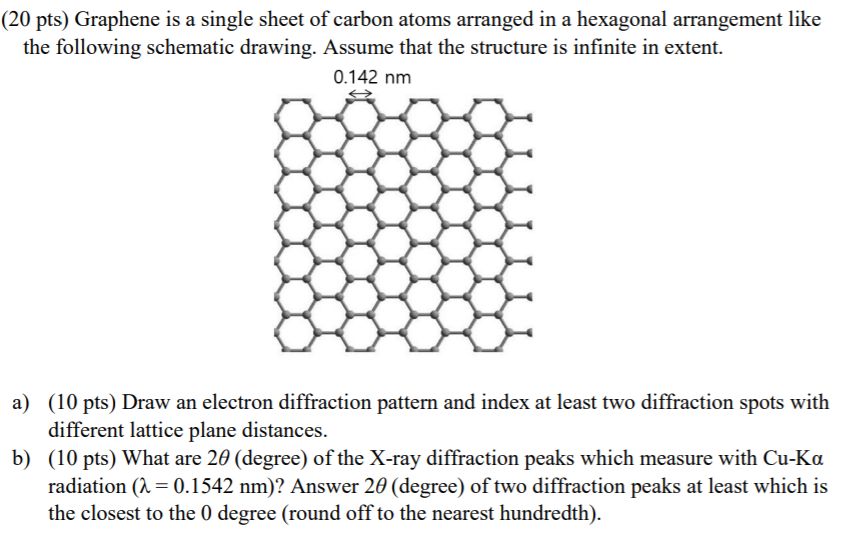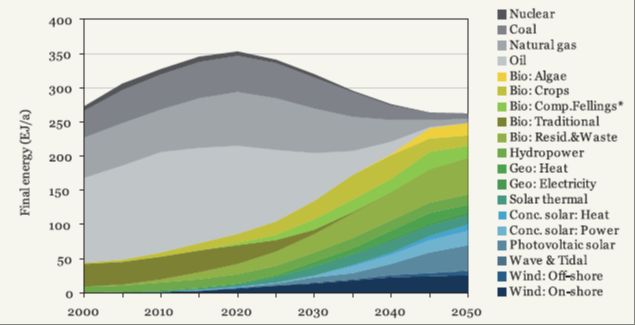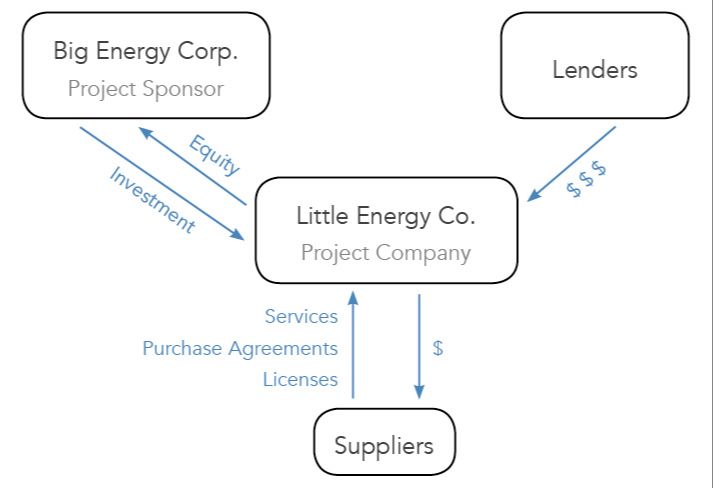What Are Materials That Best Transport Electricity Called?
Conductors, semiconductors, and insulators are categories of materials based on their ability to allow free electrons to flow through them. Electrical conductivity measures how well a material can transport an electric charge.
Conductors like metals easily allow electrons to move through the material. With more free electrons that can carry charge, conductivity increases. Insulators like rubber prevent the flow of electrons. Electrons in their atoms are tightly bound and cannot move freely. Semiconductors fall between conductors and insulators. Their conductivity can be controlled by adding small amounts of other elements.
Materials conduct electricity differently due to their molecular structure and how tightly bound the electrons in the material are. In conductors, electrons flow freely, while in insulators they are tightly bound to atoms. Semiconductors lie in the middle, with their conductivity able to be manipulated.
Metals
Metals are excellent conductors of electricity due to their metallic bonding and sea of electrons. Metallic bonding occurs when the outer electrons of metal atoms leave their orbits and form a “sea of electrons” that is shared between the atoms. Because these electrons are delocalized, they are free to move throughout the metal and transport electrical charge. Some examples of highly conductive metals include copper, aluminum, gold, and silver. Copper in particular is commonly used in electrical wiring because it has high ductility, malleability, and conductivity.
Semiconductors
Semiconductors are materials that have electrical conductivity between that of a metal and an insulator. Their conductivity can be increased or decreased through a process called doping. Semiconductors are the foundation of modern electronics.
Doping introduces impurity atoms into the semiconductor crystal lattice, which changes the number of free electrons or holes. If doping adds free electrons, it creates an n-type semiconductor. If it adds holes, it creates a p-type semiconductor. Combining n-type and p-type semiconductors allows control of conductivity.
Common semiconductor materials used in electronics include silicon and germanium. Silicon is one of the most widely used materials for semiconductor devices like diodes, transistors, integrated circuits and chips. Germanium was commonly used in early transistor devices but has been largely replaced by silicon.
Superconductors
Superconductors are materials that have zero electrical resistance and can conduct electricity with 100% efficiency when cooled below a characteristic critical temperature. This phenomenon is called superconductivity.
In superconducting materials, the atoms arrange themselves in a way that allows electrons to travel through the material without bumping into any atoms. This allows the electrons to conduct electricity without losing any energy.
Some examples of superconducting materials include:
- Niobium-titanium alloys – Used to make superconducting magnets like those in MRI machines. Become superconductive below 9.2K.
- Yttrium barium copper oxide (YBCO) – A ceramic material that becomes superconductive below 93K. Used in superconducting wires and tapes.
- Mercury – The first material found to become superconductive, at 4.2K.
Superconductors have applications in medicine, science, power transmission, and more. Their ability to conduct electricity without resistance enables advances like powerful magnets for research and medical imaging.
Carbon
Carbon is a very versatile material that manifests in many different forms such as graphite, graphene, diamond, and nanotubes. Graphite and graphene in particular are very good electricity conductors due to their unique structure.
Graphite is composed of layers of carbon atoms arranged in a hexagonal lattice structure. Within each layer, the carbon atoms form strong covalent bonds, allowing electrons to flow freely. The layers are held together by relatively weak van der Waals forces, enabling the layers to slide over one another. This layered structure gives graphite its high electrical and thermal conductivity along the plane of carbon layers.
Graphene is a single atomic layer of graphite, essentially the thinnest material possible while retaining the properties of graphite. Its honeycomb lattice structure gives it incredible strength and conductivity. Graphene is one of the best electricity conductors known, even better than copper. Its high conductivity comes from its unique band structure allowing free-flowing electrons.

Liquids
Some liquids can conduct electricity due to the presence of charged particles called ions. These types of liquids are called electrolytes or ionic solutions. When an electrolyte liquid dissolves in water, it separates into positive and negative ions. The positive ions are drawn to the negative electrode and the negative ions towards the positive electrode when voltage is applied to the liquid. This creates a flow of charged particles through the liquid, allowing it to conduct electricity.
One of the most common examples of an ionic liquid is salt water. When table salt (NaCl) dissolves in water, it separates into sodium (Na+) ions and chloride (Cl-) ions. The mobility of these ions allows salt water solutions to conduct electricity very well. In fact, the ocean’s ability to conduct electricity is why it was chosen for the first Transatlantic telegraph cable in the 1800s.
Other ionic liquids include acids, bases, and molten salts. Hydrochloric acid, sulfuric acid, sodium hydroxide and potassium hydroxide are all electrolytes that dissociate into ions and conduct electricity when dissolved in water. Molten salts like sodium chloride are ionic liquids due to the high mobility of their dissociated ions in the molten state.
Gases
Gases like air are normally poor electrical conductors. However, gases can become conductive when ionized into a plasma state. Plasmas contain free electrons and charged ions that allow electric current to flow. Lightning is an example of plasma conduction, where the strong electric fields in thunderclouds ionize air molecules into a conductive plasma channel. Other examples include neon signs, fluorescent lights, and the Northern Lights.
Plasmas are formed when gases are exposed to high temperatures, electric discharges, or strong electromagnetic fields. This strips electrons from the gas atoms, creating free electrons and positively charged ions. The free electrons allow negative charges to flow, while the ions allow positive charges to flow. Overall this makes the plasma very conductive, often better than metals.
Plasma conduction has important applications in lighting, plasma TVs, fusion power, and space propulsion. It demonstrates that gases can become good electrical conductors when ionized into the plasma state. However, in their normal un-ionized form, gases have very poor conductivity.
Insulators
Insulators are materials that do not readily conduct electricity. This is because their electrons are tightly bound to their atoms, making it difficult for the electrons to move and carry electric current.
Some common examples of insulating materials are rubber, plastic, glass, and ceramics. These materials have very large band gaps, which means it takes a lot of energy to free their electrons so they can participate in electrical conduction.
According to band gap theory, materials can be categorized as conductors, semiconductors or insulators based on the size of their band gap. Metals have no band gap, allowing free flow of electrons. Semiconductors have a small band gap that can be overcome at higher temperatures or by doping. Insulators have such a large band gap that very few electrons can cross over to become mobile charge carriers.
The insulating properties of materials like rubber, plastic and glass make them very useful for applications like electrical wiring, appliances, electronics and power transmission. Their high resistance prevents current leakage and electrical shock hazards.
Semiconductor Devices
Semiconductors play a crucial role in electronics and optoelectronics in the form of semiconductor devices. The most important semiconductor devices are the diode, transistor, solar cell, light-emitting diode (LED), laser diode, and integrated circuit (IC).
Diodes allow current to flow in only one direction and are used for switching and rectifying. Transistors can amplify or switch electronic signals and electrical power and are the fundamental building blocks of ICs. Solar cells convert sunlight directly into electricity using the photovoltaic effect. LEDs emit light when an electric current passes through them and are used for lighting and displays. Laser diodes produce coherent light used in fiber optic communications, DVD players, laser printers and many other applications.
Integrated circuits are microchips that contain up to billions of transistors, resistors and capacitors along with their interconnections. Modern electronics relies on ICs for computation, data storage, telecommunications and control systems. ICs come in analog and digital forms and are used in nearly every electronic device today from smartphones to appliances, vehicles, medical devices and industrial automation.
The unique electrical properties of semiconductors that can be manipulated through doping allow them to serve as electrically controlled switches. This enables complex semiconductor devices and ICs that drive the modern digital revolution.
Conclusion
In summary, materials that best transport electricity are highly conductive substances like metals, semiconductors, superconductors, carbon, and electrolyte solutions. Metals such as copper and aluminum are common electrical conductors due to their free-flowing electrons. Semiconductors like silicon and germanium have conductive properties that can be enhanced through doping. Superconductors like niobium-titanium allow lossless electron flow when cooled to cryogenic temperatures. Carbon materials including graphene and carbon nanotubes demonstrate excellent conductivity. And ionic solutions or molten salts can conduct electricity through ion flow.
Looking ahead, research into conductive materials will focus on discovering superconductors with higher critical temperatures that do not require extreme cooling. Semiconductor technology will continue advancing with smaller features and faster operation. Carbon nanomaterials have many potential uses in electronics and energy storage devices. Overall, developments in conductive materials will lead to continued progress in electrical systems and electronics. The future holds new possibilities as scientists uncover novel conductive properties in existing and newly synthesized materials.







